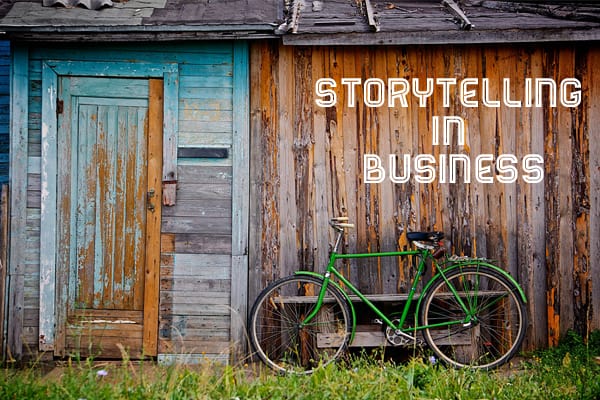If you keep track of the various videos going viral on social networking websites like Facebook you must have come across this heart-warming video of a small puppy becoming friends with a horse. It is a Budweiser ad video.
The video has a typical storytelling format. There is this cute puppy that lives near a stable. It often sneaks out to meet a horse and they are shown interacting and playing together. Then one day the puppy is adopted and while it is being taken in a car it starts crying. The horse, along with other horses in the stable, manages to stop the car of the person who has adopted the puppy and then gets the puppy released. The stable owner adopts the puppy and then the puppy and the horse get to live together happily ever after, or at least this is what the video shows.
This Budweiser ad has scored top honours in the USA Today’s Ad Meter and Hulu’s Ad Zone for being the most popular ad among viewers. It uses the “buddy” concept that resides within the brand Budweiser to touch people emotionally. Nowhere you see people guzzling down the beer or scantily clad women drenching themselves with the foamy liquid. The ad is full of furry cuteness.
Research has shown that it’s not the content of the ad that predicts its success, but the story contained within the content. Storytelling evokes different neurological responses. According to Paul Zak, a neuroeconomist (yes, we have those), says that a stress hormone called coristol is released when we are experiencing tense moments in a story. This hormone helps us focus. When we are experiencing or reading about something cute, like furry animals (for instance the story above) a feel-good chemical called oxytocin is released that promotes connection and empathy. Happy endings in stories trigger the limbic system, that is also called our brain’s reward center, to release dopamine, which makes us feel more hopeful and optimistic.
To prove his point Zak conducted an experiment. A sentimental and emotionally charged movie about a father and a son was shown to a group of participants. After the movie the participants were asked to donate money to a stranger. Those with higher amounts of oxytocin more readily gave money to a stranger than those who had lower levels of oxytocin (those who hadn’t seen the father-son movie).
How can you sell more with effective storytelling?
When people are on your website they are full of doubts. These doubts may originate from lack of information, lack of familiarity and a general sense of suspicion which is natural. They don’t know you. They don’t know about your product or service. They haven’t interacted with people who have used your product or service. So naturally they are not able to make up their minds.
This is where storytelling can help you.
You need to list the benefits of your product or service. You have to explain various features. But along with these, you also need to tell stories of people who have already used your product or service to enrich their lives. Create passionate stories involving your product or service. Show through what difficulties people were going before they purchased your product or service, through what sort of doubts they went before purchasing your product or service, how they ended up purchasing it and through what transformation their lives went after they have purchased your product or service.
More than believing you, your visitors would like to believe people who have been in a similar situation. People like to relate to people because for thousands of years we have been living as a social species. We need validation. We need reassuring information to give us confidence and trust. Effective storytelling can do that.
This blog post takes reference from a Harvard Business Review article on using storytelling as a strategic business tool.

